
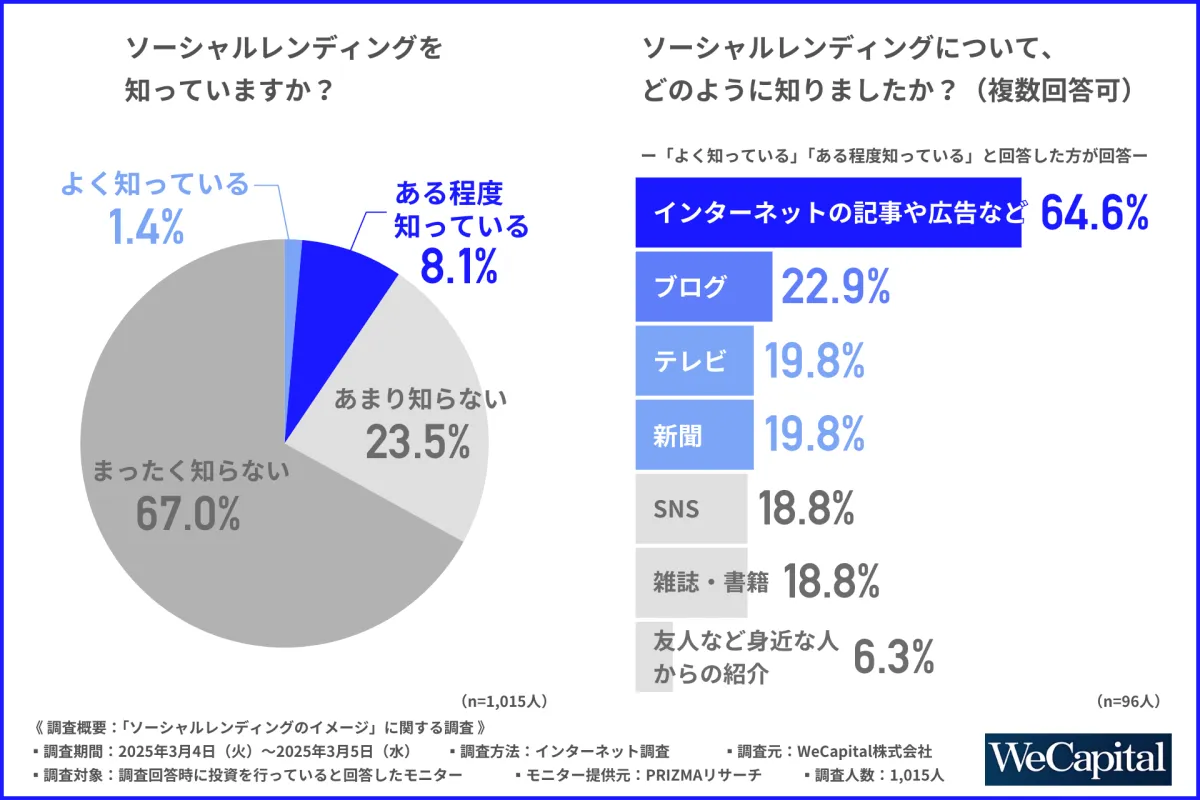
Understanding the Image of Social Lending: Opportunities and Risks in 2023
The Image of Social Lending: Insights from Recent Investor Survey
In recent years, social lending has gained traction as a noteworthy option for asset management. This innovative investment model, often described as loan-based crowdfunding, allows individuals to contribute small amounts of money via online platforms, which are then lent to businesses in need of funding. As appealing as it sounds, many potential investors express hesitation due to concerns about the perceived risks and complexities associated with social lending.
A recent survey conducted by WeCapital, the company behind the platform "Yamawake," aimed to delve into public perceptions of social lending, gathering insights from 1,015 individuals actively engaged in investing. The findings reveal a mixed bag of interest, awareness, and concerns among the investor community.
Key Findings from the Survey
- - Awareness Levels: Surprisingly, only around 10% of respondents were familiar with social lending, with the majority indicating they had never heard of it. This highlights the significant gap in awareness surrounding this investment option.
- - Sources of Awareness: For those who were aware, most cited the Internet as their primary source of information, including articles and advertisements. Traditional media outlets like television and newspapers also contributed, albeit to a lesser extent.
- - Attractiveness of Social Lending: The primary allure of social lending, according to the survey, lies in its accessibility for new investors—over 53% of respondents noted that the ability to start investing with small amounts is highly appealing. Other attractive features include the potential for diversified investments and the ease of management compared to traditional investment avenues.
- - Concerns and Risks: However, alongside these attractions, many investors also voiced significant concerns. Approximately 41.7% expressed wariness about the risk of defaults, and 33.3% were concerned about the lack of capital guarantees.
- - Investment Intentions: Despite the hesitations, about 20% of respondents indicated they would consider investing in social lending in the future. Of those interested, many appeared inclined to start with small amounts, suggesting a cautious approach towards this type of investment. Most respondents were willing to invest amounts under 50,000 yen, with a sizeable portion preferring to try with less than 5,000 yen initially.
What Investors Look For
When it comes to the key factors influencing their investment decisions, respondents prioritized high potential returns (31.2%), the credibility and track record of the operating company (29.2%), and the ability to diversify risks (19.3%). The emphasis on these factors indicates a clear desire for reliability and transparency in the investment process.
Conclusion: Navigating Opportunities and Risks
This survey sheds light on the current sentiments surrounding social lending—highlighting both its promising opportunities for accessible investment and the prevalent concerns about risks and operational reliability. As social lending continues to evolve, it will be crucial for platforms like WeCapital's Yamawake to address these investor concerns and enhance educational resources to bridge the awareness gap.
In bridging this gap, potential investors can better assess both the opportunities and risks involved in social lending, paving the way for a more informed investment landscape in the future. For a deeper dive into the survey results and insights, readers can visit Yamawake Journal for comprehensive details.
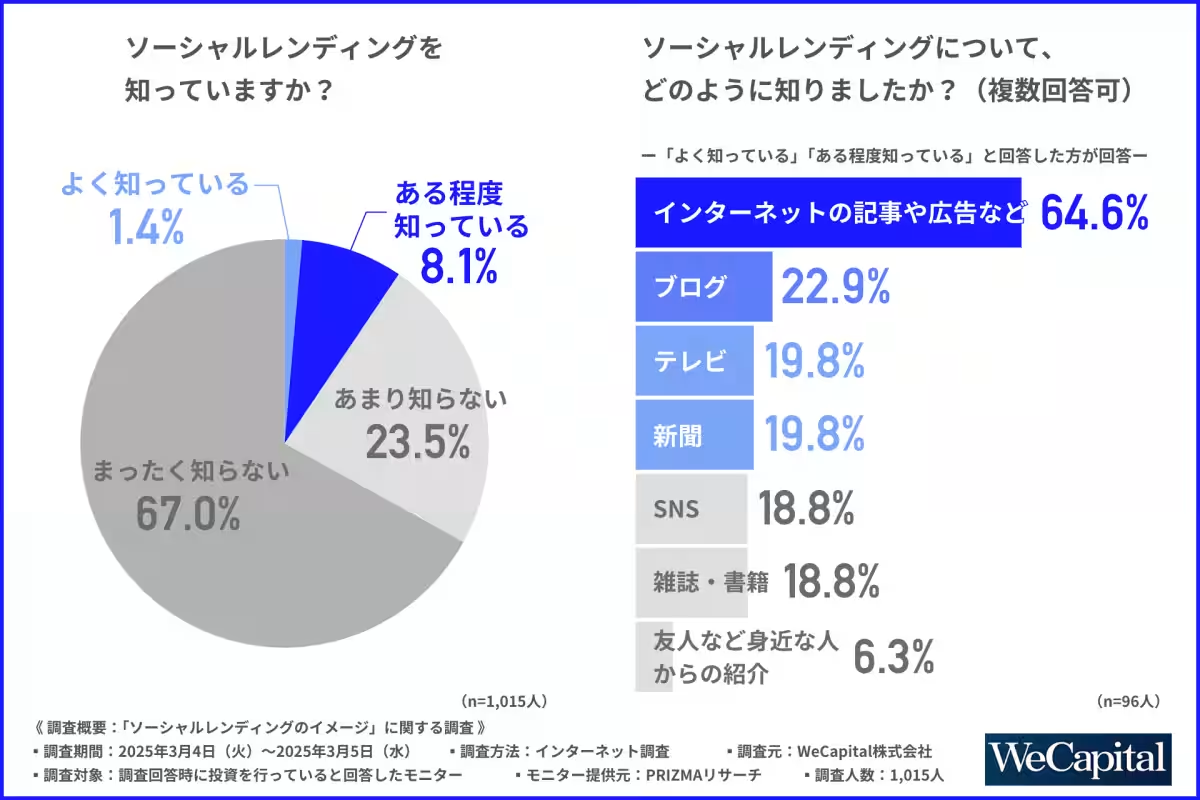
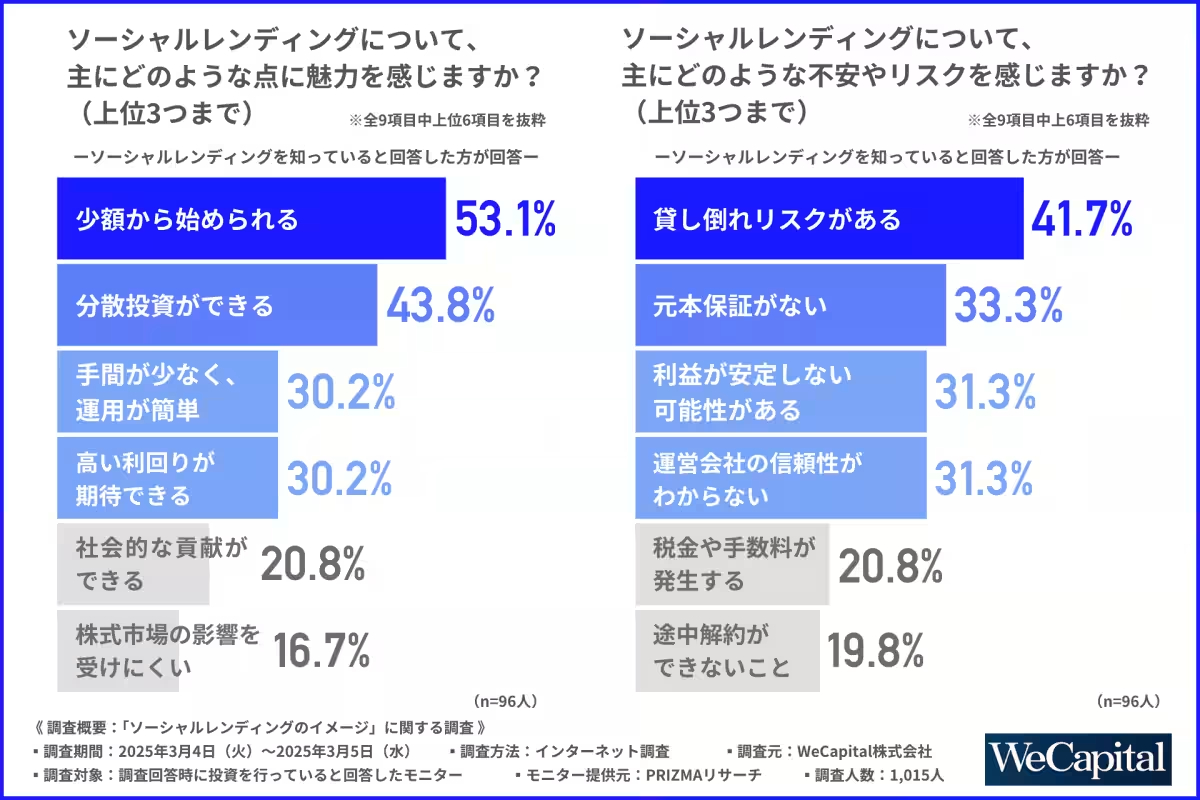
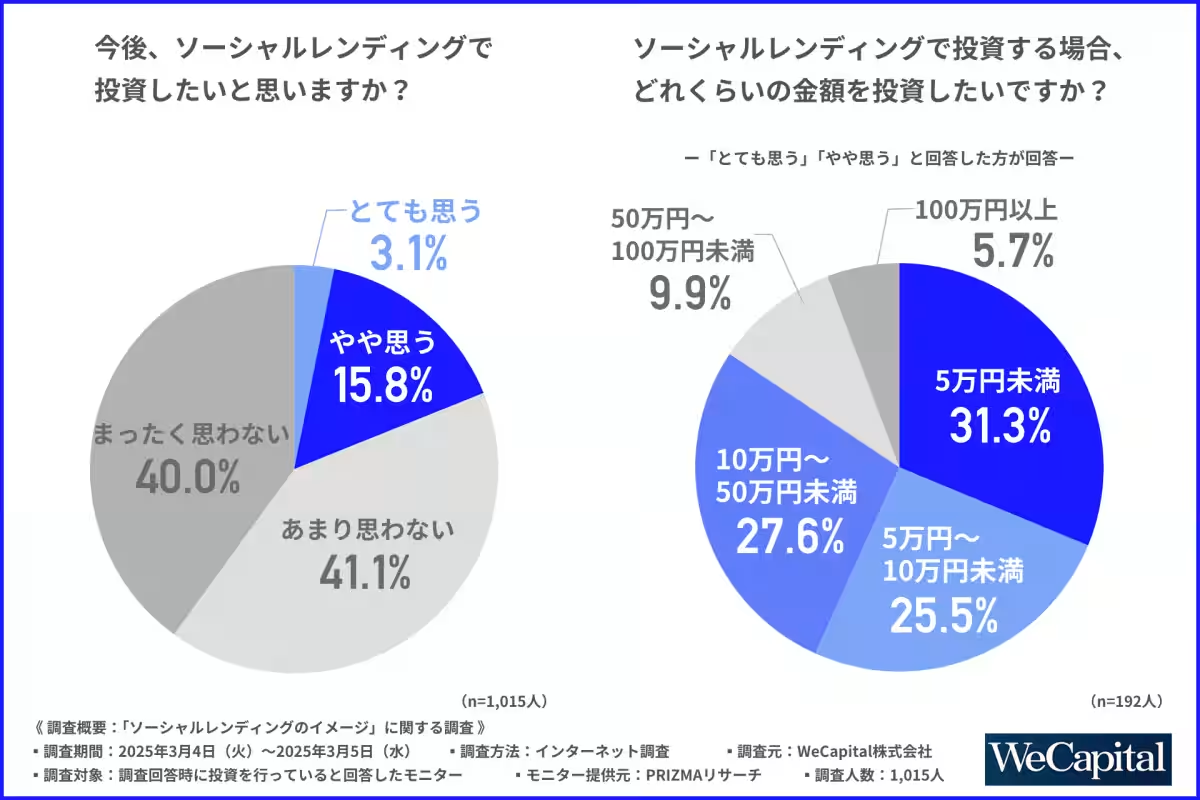
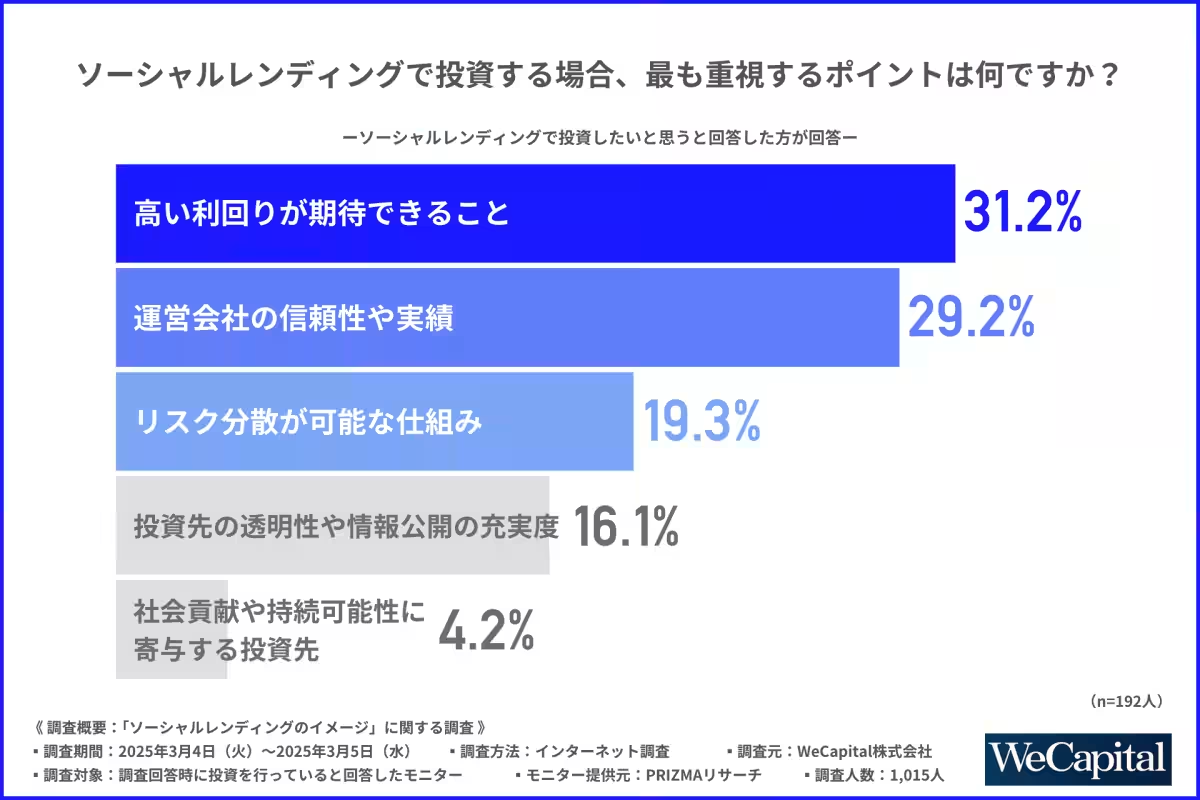
Topics Financial Services & Investing)










【About Using Articles】
You can freely use the title and article content by linking to the page where the article is posted.
※ Images cannot be used.
【About Links】
Links are free to use.